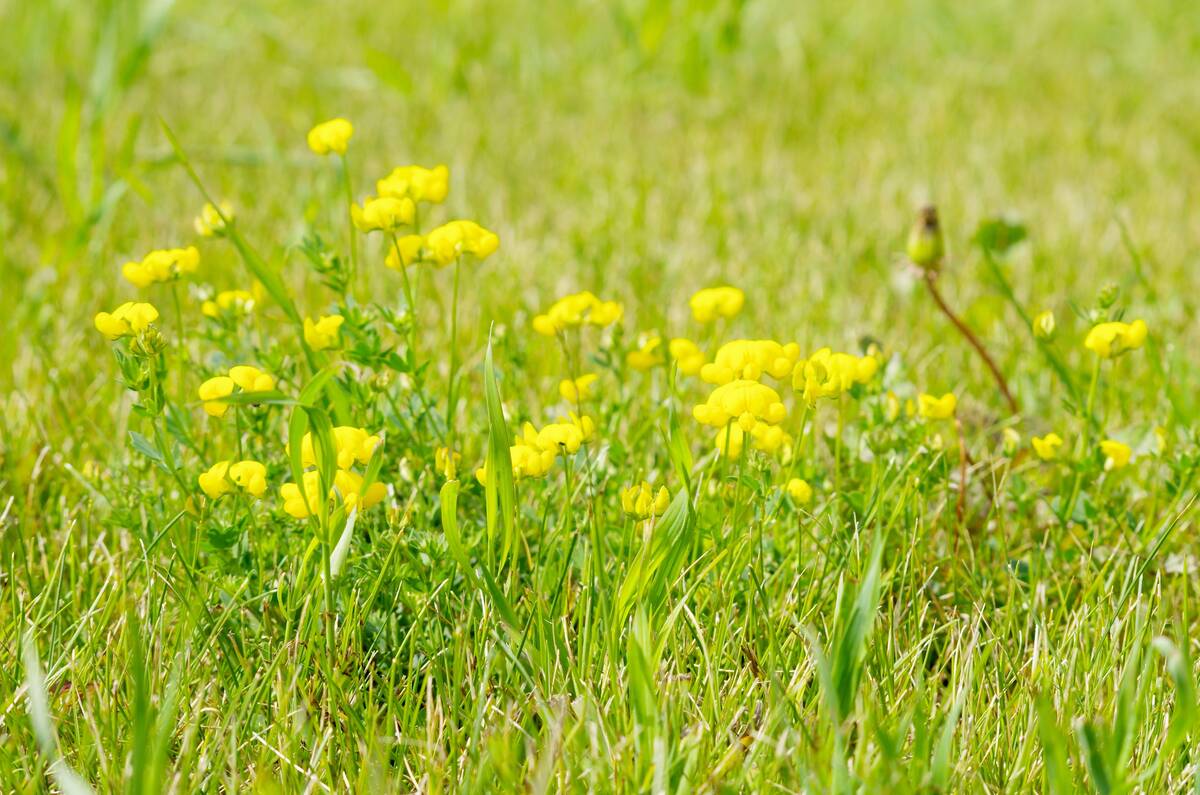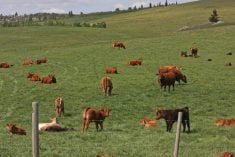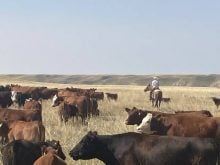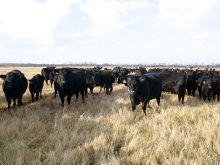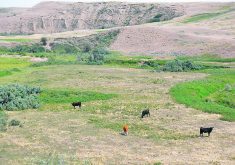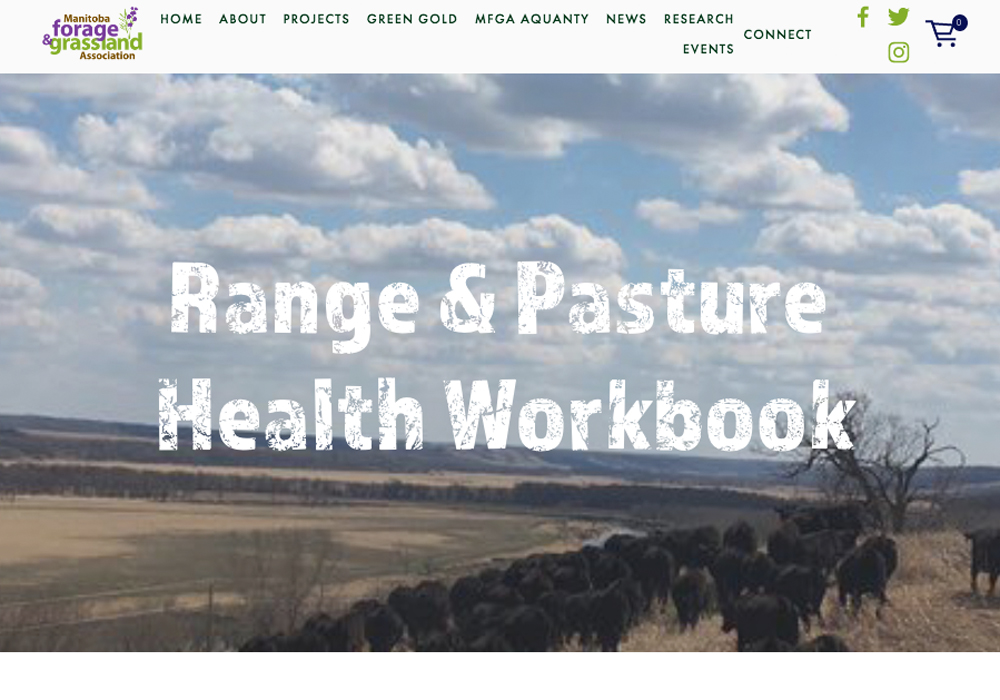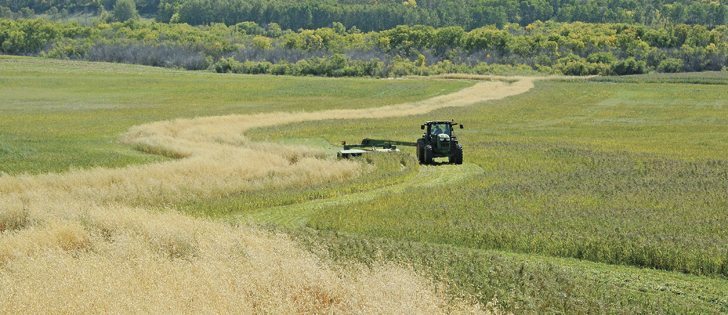Glacier FarmMedia – Canada’s tame pasture acres haven’t changed that much over the last two decades, according to a new report from the National Farmers Union, but that might not be the whole story.
The report, Canadian Agriculture by the Numbers, analyzed agricultural Statistics Canada data from 2001-21. In 2001, there were 11.8 million acres of tame or seeded pasture land in Canada. In 2021, it was marginally higher at 11.9 million.
That appears to be a contrast from the message normally put out by sectors such as the beef industry, which often point to signficant rates of conversion from pasture and grassland to annual crops.
Read Also

Crop quality looks good this year across Prairies
Crop quality looks real good this year, with the exception of durum.
In 2024, when Farm Credit Canada released its farmland values report, Manitoba’s pasture values made readers do a double take. They had risen 19 per cent from 2023, and the provincial beef organization pointed to land being bought up for conversion to grain farming.
In 2022, the Canadian Agri-food Policy Institute released an analysis of the 2021 Census of Agriculture. It noted that, between 2011 and 2021, “most census divisions have experienced a decrease in tame or seeded pasture … with a few exceptions in Saskatchewan and Alberta,” while native grassland had dropped 1.3 million acres.
A deeper look at the NFU report, however, shows a more nuanced story in the intervening years between 2001 and 2021. While totals ended up roughly similar, the decades between were a rollercoaster.
In 2006, the tame pasture land base rose to 14 million acres. From there, it’s been a slow slide. Acres dropped in 2011 to 13.6 million. The figure dropped again in 2016 to 12.5 million before descending to the 2021 figure.
Over those same years, the number of cattle in Canada decreased by 23 per cent, reflecting the beef cattle industry’s overall herd decline. A 2023 survey found Canada’s cattle population at 10.3 million beef cattle and 1.8 million dairy cattle.
The number of acres in crops, meanwhile, have had a different trend. Those stood at 89.9 million in 2001, followed by drops in acreage to 88.7 million in 2006 and 87.3 million in 2011. In 2016, crop acres jumped to 93.3 million acres and stayed largely steady, finishing off in 2021 at 93.5 million.
James Hannay, policy assistant of the NFU, cites two reasons for pasture decline.
“BSE in the early 2000s impacted herd sizes and therefore land devoted,” Hannay wrote in an email.
“While the pasture acreage appears to have peaked in 2006, we don’t see the effects of BSE and drawdown on cattle and acreage reflected in the data until the next census in 2011.”
Opportunity cost is at the nucleus of the second reason. Cropping has simply become more lucrative than maintaining pasture, wrote Hannay.
“Also, as farmers try to add acres to make up in volume and yield for losses on price, hayland is cheaper to buy than already cropped land. Using more fertilizer makes marginal land more productive so what was formerly not interesting becomes a possibility. This dynamic would be driven by the shrinking beef herd as well.
“This is all said with the understanding that, like livestock production — unless under supply management — prices received for commodity crops are also cyclical.”
The NFU doesn’t see the trade-off between pastures and crops ending soon.
“On the whole, we don’t expect cropland to be converted to pasture because land prices are favouring concentration of ownership among those commodity cropping at an ever-increasing scale of operation — or investors looking to lease the land to these same large-scale cash crop operations,” it said.
However, if farmers want to convert cropland to pasture, Cedric MacLeod would like to have a conversation.
MacLeod is executive director of the Canadian Forage and Grassland Association (CFGA) and a mixed farmer in New Brunswick with annual crops, forage, pasture and livestock, plus a beef direct marketing program.
Restoring cropland to pasture can be easy or difficult, depending on the type of grass.
It’s relatively easy with tame grass, said MacLeod. Native grass presents more challenges, but with only 25 per cent of Canada’s original native grasslands remaining (estimates vary), he argues that it’s worthwhile and doable.
“It’s easier to seed tame species — alfalfa, timothy, clover, orchardgrass, the fescues —back to pasture or stored forage than it is to native species, no question,” said MacLeod.
“(Native grass) tends to have harder seed coats. The germination rate isn’t as high — you name it. They’ve evolved on a very specific type of landscape functionality that doesn’t necessarily exist anymore, so it’s harder to get those to establish. Is it impossible? No.”
Technology such as yield monitors and soil mapping also has a role, said MacLeod. It helps identify marginal croped areas that actually aren’t making the producer any money.
“In a lot of cases, we’re estimating somewhere in the five to 10 per cent range of a field probably is generating a profit below the threshold it should be,” he said.
“If I’m farming 1,000 acres and on average five to 10 per cent are below that average profit margin, then I’ve got somewhere (around) 50 to 100 acres that shouldn’t be annual crop. It’s just not profitable.”
There are also other signs that a patch of land might be better off as pasture: rough ground, rolling ground, high erosion, low organic matter or location next to rivers or wetlands.
Ultimately, producers will want to monetize the conversion, said MacLeod. They can’t go green until they’re in the black financially.
“Now we’re changing the conversation to talk dollars and cents. You’re losing money on that 10 per cent and you’ve (found) an alternative land use for that 10 per cent and that’s green because now we’re storing carbon and providing biodiversity, habitat and maintaining our soil resource.”
Programs are available that can help monetize soil carbon, biodiversity, water quality and landscape functionality, he said. He pointed to initiatives such as the On-Farm Climate Action Fund and the Resilient Agricultural Landscapes Programs, which offer funds or cost-sharing for certain farm improvements around sustainability.
Conservation easements are the gold standard for conserving grasslands in perpetuity, said MacLeod.
They’re also often an unpopular option for producers, who may worry about losing land they want to hand down or who feel that the programs don’t pay them enough for the land they’re providing or the opportunity cost they’re incurring.
A 2023 study commissioned by the Saskatchewan Stock Growers Association and done by University of Manitoba researcher Jared Carlberg suggested that the payment calculation for conservation easements may need shaking up and that land values based on the financial return of the different potential uses of that land would be more reflective of real value.
MacLeod said easements have value.
“In the majority of cases, the landowner is in the driver’s seat to negotiate what to do with that land, so what that allows you to do is to monetize it, to capitalize on that land and still get to finance it,” he said.
He referred to one case in Saskatchewan where the farmer placed an easement on a quarter of land and, with the proceeds, bought two quarters next to it.
“So they owned the first two quarters, sold the second quarter to conservation easement and bought two others. So what’s the output of that? Now you own three (quarters) and you got one under easement,” he said, noting that the quarter under easement can still be used for some purposes.
For the gun shy, he said, there are also short-term easements that allow the farmer to determine the length of time they want to keep a piece of land out of production.
“So that takes you out of that locking it up in perpetuity and you allow the next generation to make their choice,” said MacLeod.
Market mechanisms such as carbon offsets and biodiversity credits can also help, he added.
“Whatever it is, ultimately those are sources of cash flowing onto the, presumably, livestock farm to maintain that grassland in a grassland state.”


